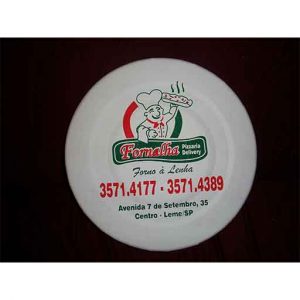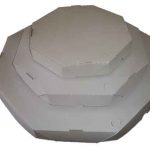
A periodic inventory system is an inventory system that updates inventory once at the end of a specific period of time. Physical counts may be conducted monthly, quarterly, or annually depending on the business. A periodic inventory system allows businesses to track inventory levels and costs. For example, adding the when a periodic inventory system is used beginning balance of inventory to the cost of inventory purchases calculates the cost of goods for sale. The periodic inventory system is easy to implement and can be used in conjunction with other inventory systems. Due to this, a periodic inventory system is often cost-effective for a small business to implement.
- It is important to note that these answers can differ when calculated using the perpetual method.
- In contrast, the perpetual inventory system gives you real-time inventory counts because it updates each time a unit moves in or out of your inventory.
- However, more advanced inventory management systems can add costs and complexity to your operations.
- Cost of goods sold was calculated to be $9,360, which should be recorded as an expense.
- It’s straightforward to calculate the cost of goods sold using the periodic inventory system.
The perpetual inventory system cannot be manually maintained since it requires continual inventory tracking. In addition, because it is critical to register each order immediately, managers are constantly on the lookout for syncing inventory on the system. As a result, the perpetual inventory system allows you to avoid overstocking and stock-outs by alerting you when products require refilling. One of the most significant advantages of having a periodic inventory system is how simple it is to install. It is undeniably less stressful than any other method of keeping track of your inventory.
Periodic Inventory System Disadvantages
Growing and larger organizations require more precise inventory management and often opt for a perpetual inventory system, which is best managed using an enterprise resource planning inventory module. Instead of constantly updating their books with current prices and inventory, businesses use initial inventory levels, ending inventory, and purchases made over a while. A technique used to physically count inventory at the end of each quarter to determine the quantity and the cost of goods sold. While the system may work for smaller businesses, it can prove to be highly problematic for large businesses due to its high level of inaccuracy. Since the periodic system is manual, it’s prone to human error and the inventory data can be misplaced or lost. You’ll see it on important financial documents like tax returns, balance sheets, and income statements because it’s a good way to measure how profitable your business is.
Inventory Audit Guide: 11 Counting Procedures and Checklist (2023) – Shopify
Inventory Audit Guide: 11 Counting Procedures and Checklist ( .
Posted: Fri, 18 Aug 2023 07:00:00 GMT [source]
Obviously, with more inventory control, you will constantly be aware of the status of your inventory, allowing you to determine how much or how little you require. Using the PIS isn’t difficult if you have a small inventory and only a few dozen orders for the year. Try Shopify for free, and explore all the tools you need to start, run, and grow your business. Director of Marketing Communications at ShipBob, where she writes various articles, case studies, and other resources to help ecommerce brands grow their business.
What are periodic inventory systems and when are they right for your business?
Subtracting this ending inventory from the $16,155 total of goods available for sale leaves $7,200 in cost of goods sold this period. As a highly manual process, periodic inventory can be time-consuming and difficult to scale as a business grows. Performing an inventory count can also cause a bottleneck if it requires all products to be set aside for a significant amount of time. Sometimes, a business will experience goods lost in transit, purchase returns, product recalls, and the like. With periodic inventory, however, there’s no way to account for these unexpected changes. The exact ending or closing inventory depends on the valuation method used by the business.

A periodic inventory system is an inventory system that updates inventory at the end of a specific period of time. Inventory purchases made between physical counts are recorded in a purchases account, a ledger used to record all inventory purchases and their cost. A periodic inventory system updates and records the inventory account at certain, scheduled times at the end of an operating cycle. The update and recognition could occur at the end of the month, quarter, and year. There is a gap between the sale or purchase of inventory and when the inventory activity is recognized.








